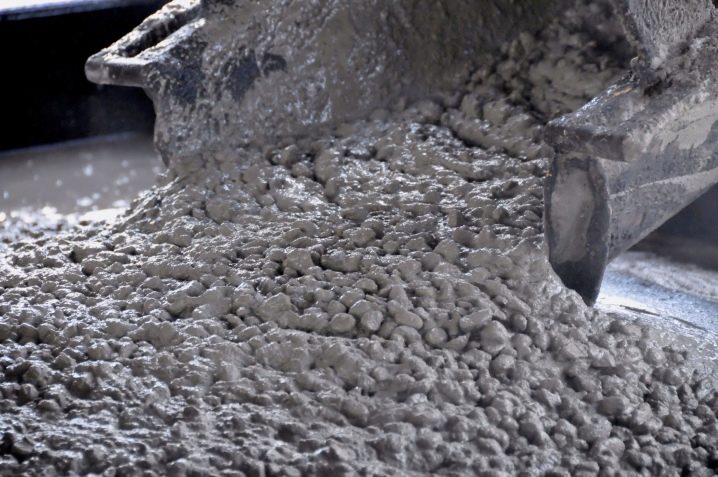JIS R5210 Compressive Strength of Oil Well Cement Testing
The JIS R5210 standard is a critical aspect in ensuring the reliability and safety of oil well cement used in various subsea applications. This test evaluates the compressive strength, which is one of the key properties indicating the quality and performance of oil well cement under pressure. The standard specifies the methods for determining the compressive strength of oil well cement pastes, mortars, and set cements.
In the context of the oil & gas sector, the integrity of subsea structures such as pipelines, casings, and wellheads is paramount to prevent leaks that could lead to environmental damage or costly repairs. Oil well cement plays a crucial role in sealing these structures against high-pressure fluids and gases. Therefore, testing this property ensures that the materials used meet the highest quality standards.
The test procedure involves preparing samples of oil well cement according to JIS R5210 specifications. These samples are then cured under controlled conditions before being subjected to compressive strength tests. The apparatus required includes a universal testing machine capable of applying consistent and precise loads, and a curing chamber for maintaining the specified humidity and temperature.
The test procedure is designed to be rigorous and replicable to ensure consistency across different laboratories and samples. It involves several steps including sample preparation, curing under controlled conditions, and finally applying a load until failure occurs. The machine records the maximum load applied before failure, which corresponds to the compressive strength of the cement.
The acceptance criteria for this test are stringent and are based on the expected performance in real-world applications. For instance, oil well cements must have a minimum compressive strength of 45 MPa at 28 days after setting. This ensures that the material can withstand the pressure exerted by the fluids and gases in subsea environments.
Understanding these parameters is crucial for quality managers, compliance officers, R&D engineers, and procurement teams who are responsible for ensuring that the materials used meet industry standards. By adhering to JIS R5210, they can ensure that their operations are compliant with international best practices and contribute to safer and more reliable oil & gas operations.
Why It Matters
The compressive strength test of oil well cement is crucial for several reasons. Firstly, it directly impacts the integrity of subsea structures which are exposed to high pressures and corrosive environments. A higher compressive strength ensures that the cement can withstand these conditions without failing.
- Reduces the risk of leaks in pipelines and wells
- Enhances the longevity of subsea infrastructure
- Achieves compliance with international standards, including JIS R5210
- Improves operational safety by preventing potential environmental damage
The test results are also vital for research and development teams. They can use these data points to optimize the formulation of oil well cements, leading to improved performance and durability.
In addition, this testing process is essential for procurement teams who need to ensure that they are sourcing materials from reliable suppliers who adhere to stringent quality control measures. By leveraging JIS R5210, companies can build trust with their partners and stakeholders by demonstrating a commitment to excellence in every aspect of their operations.
Environmental and Sustainability Contributions
- Emissions Reduction: Ensuring the integrity of subsea structures helps prevent leaks, which can lead to the release of greenhouse gases into the environment. By adhering to JIS R5210 standards, companies contribute to reducing their carbon footprint.
- Resource Efficiency: The use of high-quality oil well cement ensures that resources are used efficiently and effectively, minimizing waste in production processes.
- Biodiversity Protection: By preventing leaks through robust subsea structures, the risk of environmental damage is reduced, thereby protecting marine life and ecosystems.
The testing process itself also contributes to sustainability by promoting accurate and consistent quality control. This ensures that only high-quality materials are used in critical applications, reducing the need for rework or replacement of failed components.
Use Cases and Application Examples
| Application Case | Description |
|---|---|
| Pipeline Sealing | Ensuring that oil well cement used in sealing pipelines has the required compressive strength to withstand the pressure of transported fluids. |
| Casing Sealing | The use of JIS R5210 compliant oil well cement ensures that casings are sealed effectively, preventing leakage and contamination. |
| Wellhead Fixation | High compressive strength cements are used to fix wellheads securely, ensuring they can withstand the rigors of subsea operations. |
| Subsea Structures Maintenance | In regular maintenance activities, testing ensures that the materials being used for repairs and replacements meet the necessary standards. |
The data from these tests are also valuable in understanding the long-term performance of oil well cements. This information can be used to predict the lifespan of subsea structures and plan maintenance activities more effectively.





